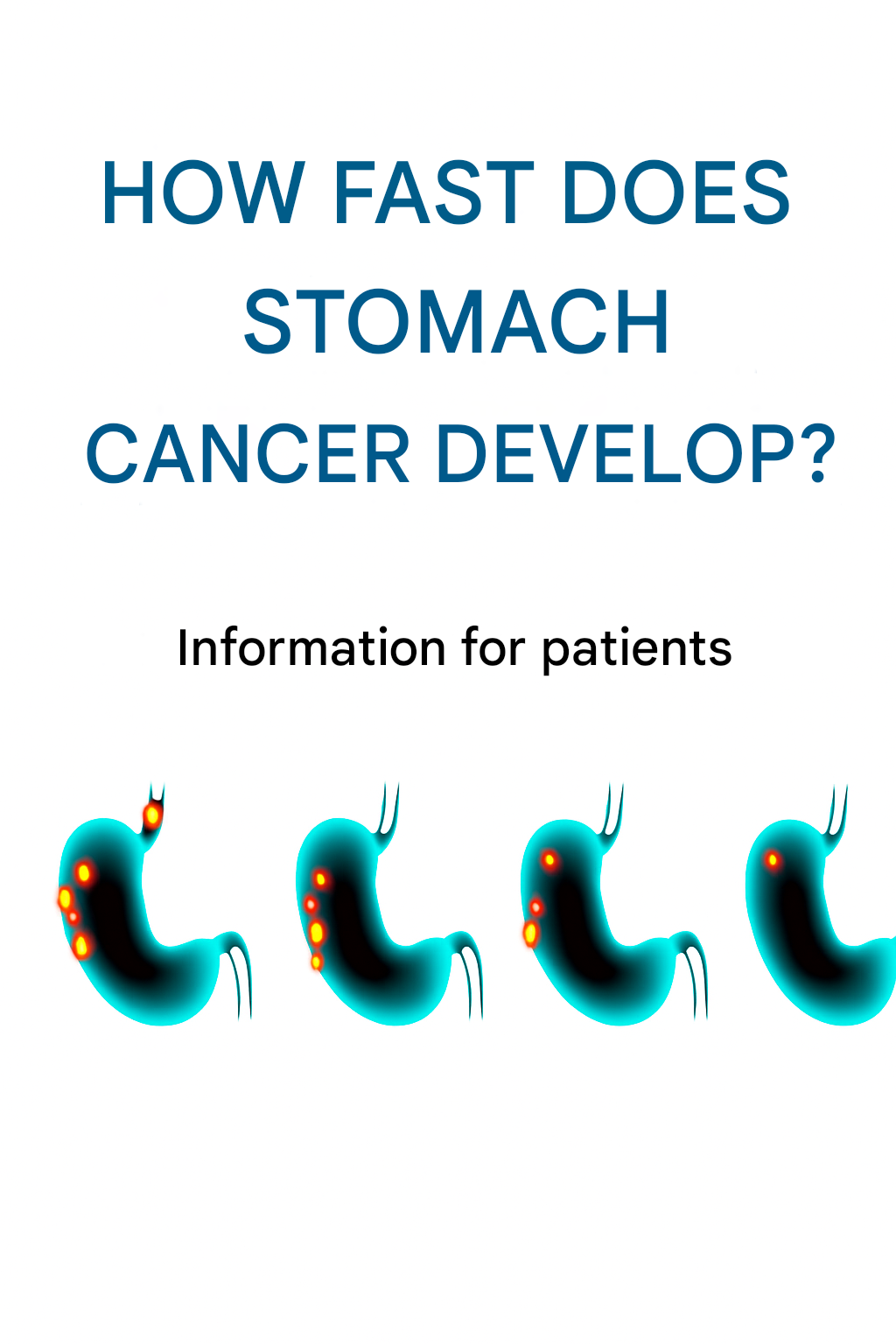Common signs:
Unmotivated weight loss – 5–7 kg in a few months.
Constant fatigue, lack of energy, apathy.
Anemia – paleness, dizziness, weakness.
Dark or black stools – a possible sign of internal bleeding.
Important: These symptoms can also occur with other diseases such as gastritis or ulcers, but you should not ignore them. Timely consultation with a doctor is the surest way to rule out a serious diagnosis.
3. Diagnostics – how to check the stomach
If you have suspicions, the doctor may recommend the following tests:
Gastroscopy (FGDS)
Allows direct viewing of the gastric mucosa with an endoscope.
If necessary, a biopsy is taken for laboratory analysis.
Recommended frequency: after the age of 40 – once every 2-3 years, and in case of chronic diseases – once a year.
Test for Helicobacter pylori
It is performed by testing blood, exhaled air, or a fecal sample.
If the bacteria is detected, treatment with antibiotics and preparations to restore the mucosa is prescribed.
Abdominal ultrasound and computed tomography (CT) scan
They provide information about the possible spread of the disease and the presence of metastases.
Tumor marker analysis (CA 72-4, CEA)
It does not replace gastroscopy, but can be an additional guide to the condition of the body.
4. How to reduce the risk – effective prevention
Nutrition
Limit your consumption of smoked, salty, and spicy foods.
Increase your intake of vegetables, fruits, and green spices – they contain antioxidants that protect cells.
Avoid products with nitrates – sausages, canned goods, and convenience foods.
